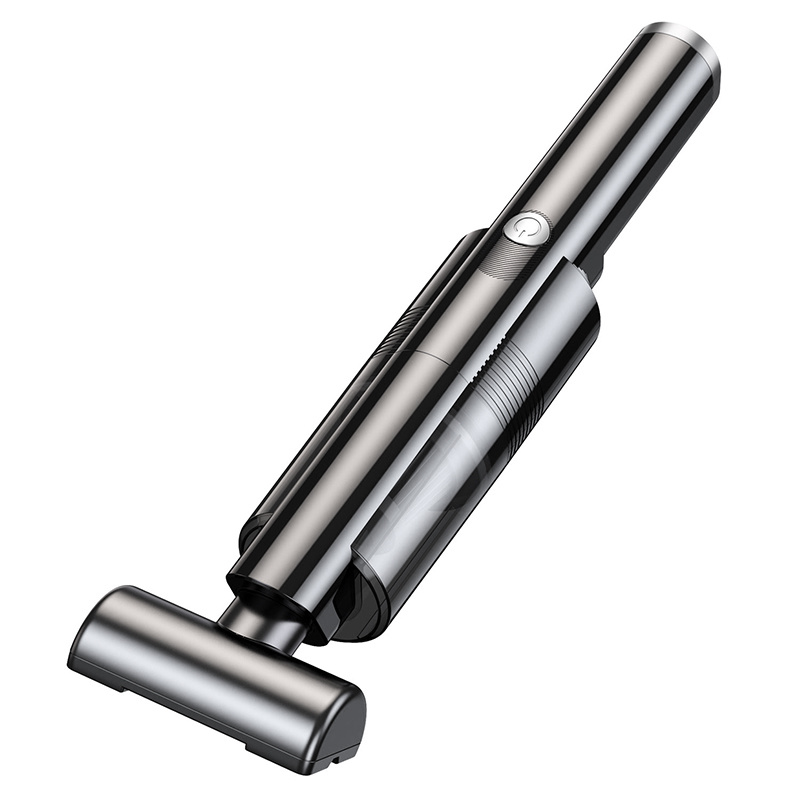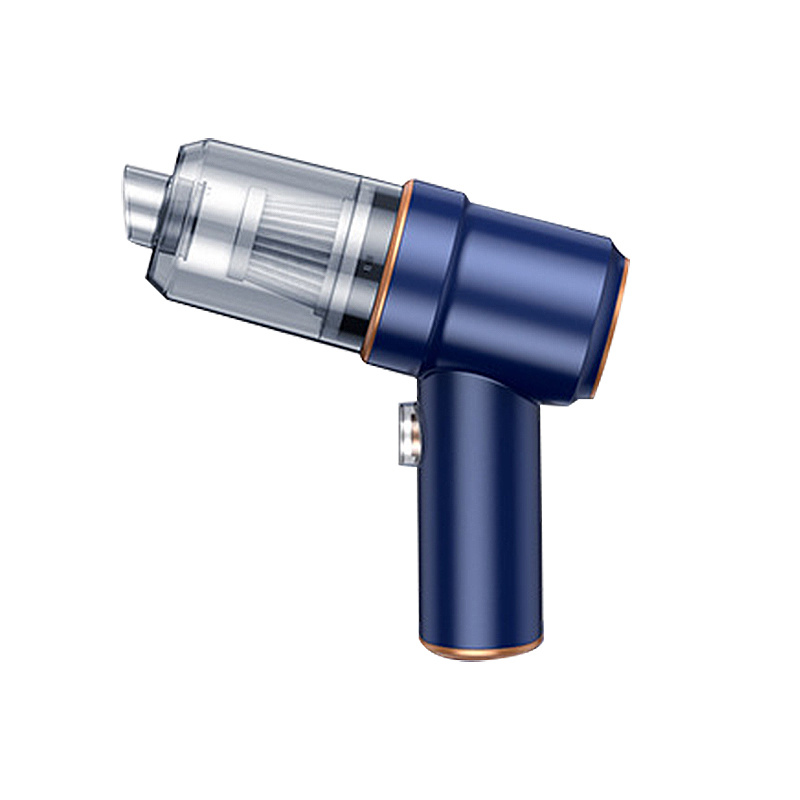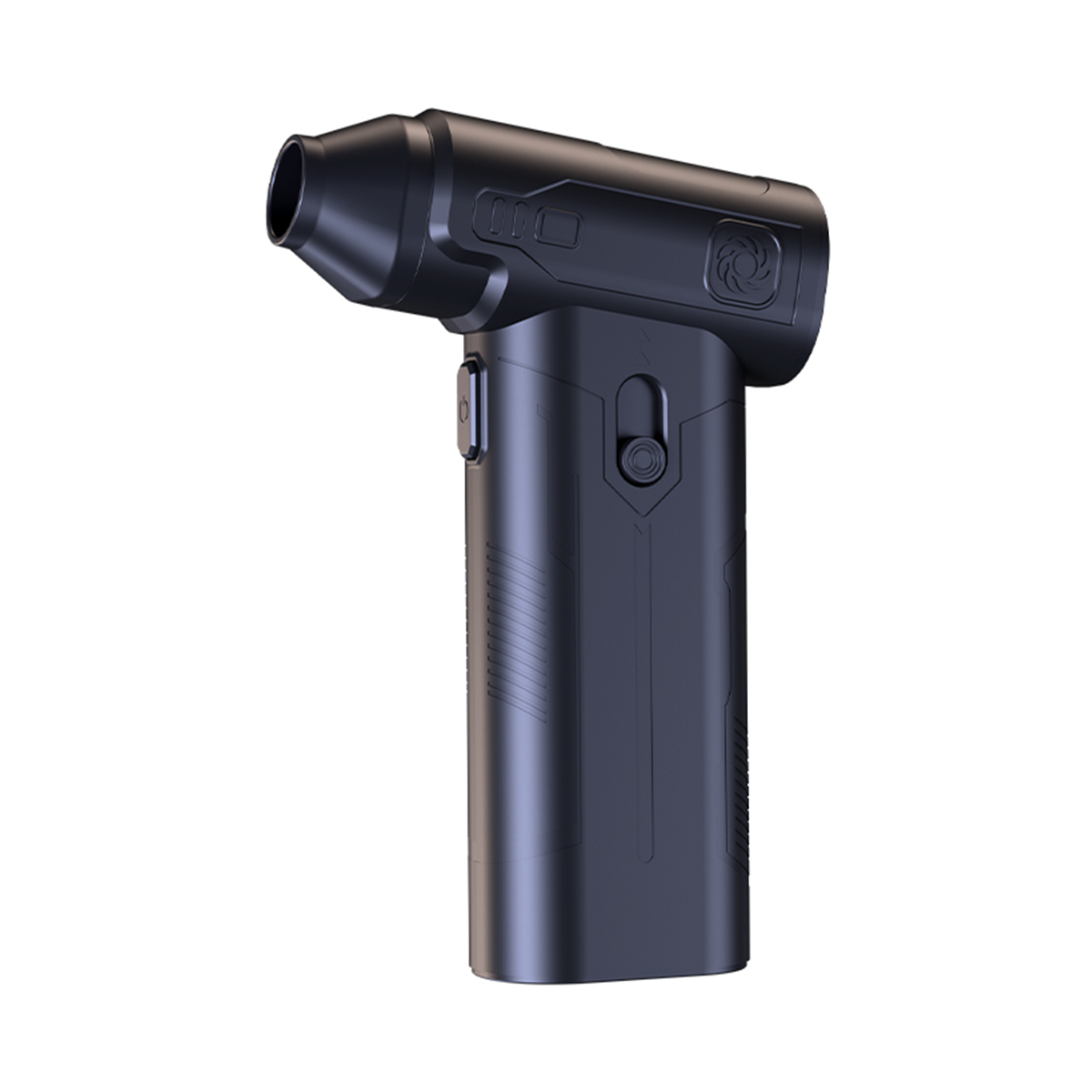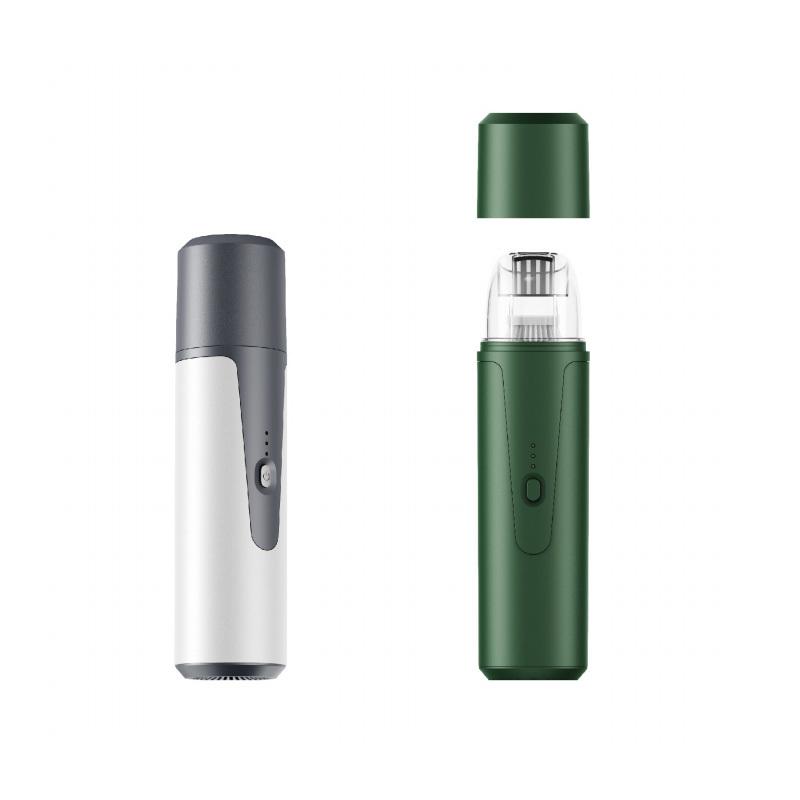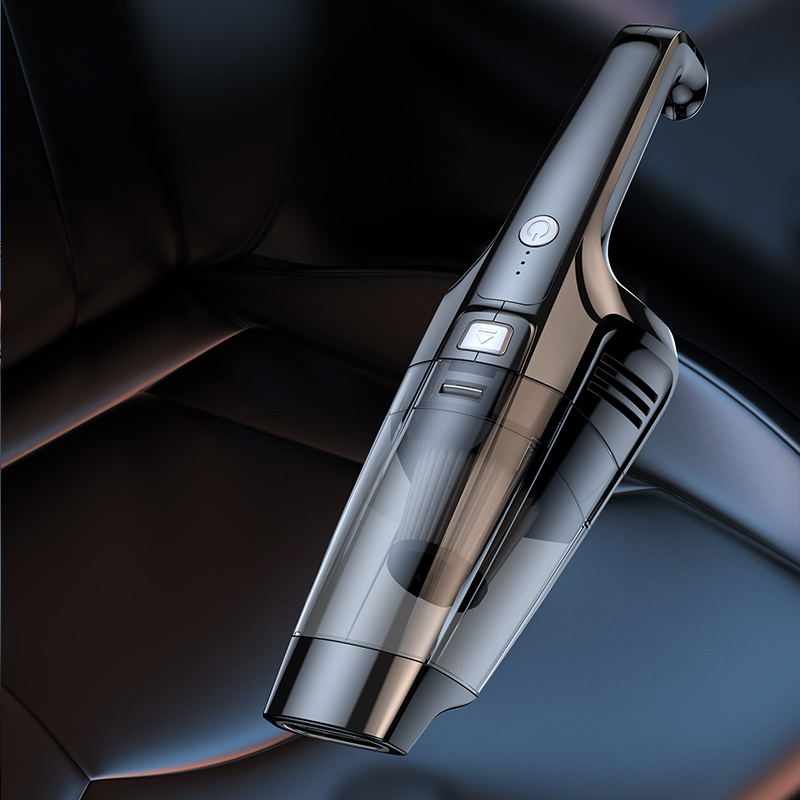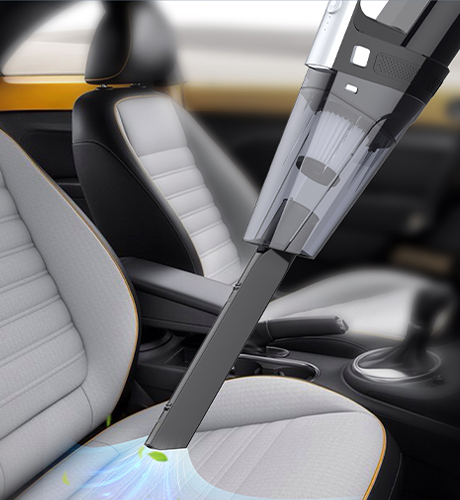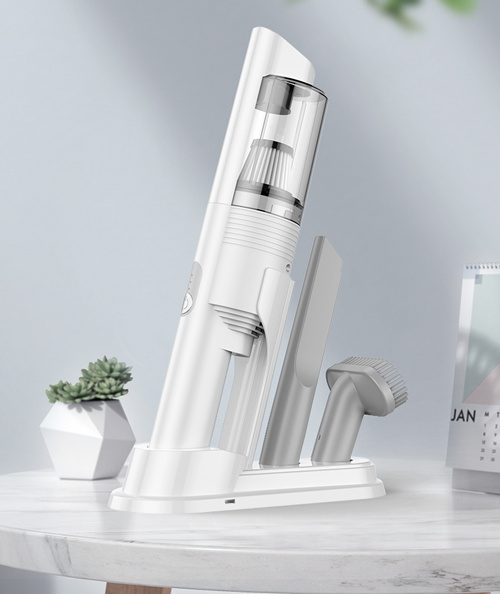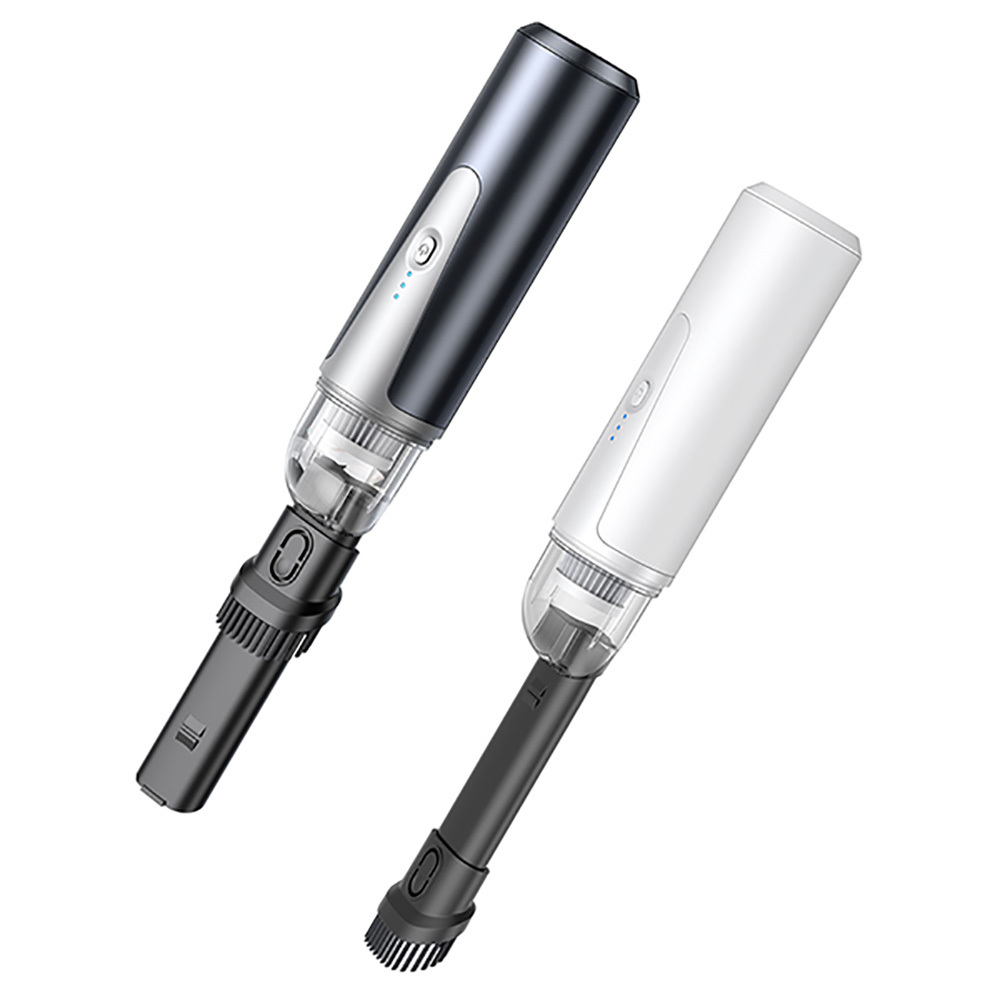Maximize Your Car's Cleanliness: Air Duster vs. Vacuum Cleaner
2025-10-11
Maximize Your Car's Cleanliness: Air Duster vs. Vacuum Cleaner
Table of Contents
- Understanding Car Cleanliness
- The Importance of Keeping Your Car Clean
- Essential Tools for Car Cleaning
- Air Duster vs. Vacuum Cleaner: A Comprehensive Comparison
- When to Use an Air Duster
- When to Use a Vacuum Cleaner
- Best Practices for Maintaining Car Cleanliness
- Frequently Asked Questions
- Conclusion
Understanding Car Cleanliness
Keeping your car clean extends beyond mere aesthetics; it has practical implications for both health and vehicle maintenance. A clean car interior can help prevent allergies and other health issues linked to dust and allergens. Additionally, maintaining a clean exterior is vital for protecting the vehicle's paintwork, ensuring longevity, and preserving its resale value.
The Importance of Keeping Your Car Clean
Regular cleaning of your vehicle is essential for several reasons. Firstly, cleanliness contributes to a more pleasant driving experience. A tidy interior can enhance focus and comfort while driving, allowing for safer journeys. Secondly, dirt and debris can cause wear and tear on the surfaces inside your car, leading to costly repairs over time. Lastly, a clean car reflects well on its owner, conveying a sense of responsibility and pride.
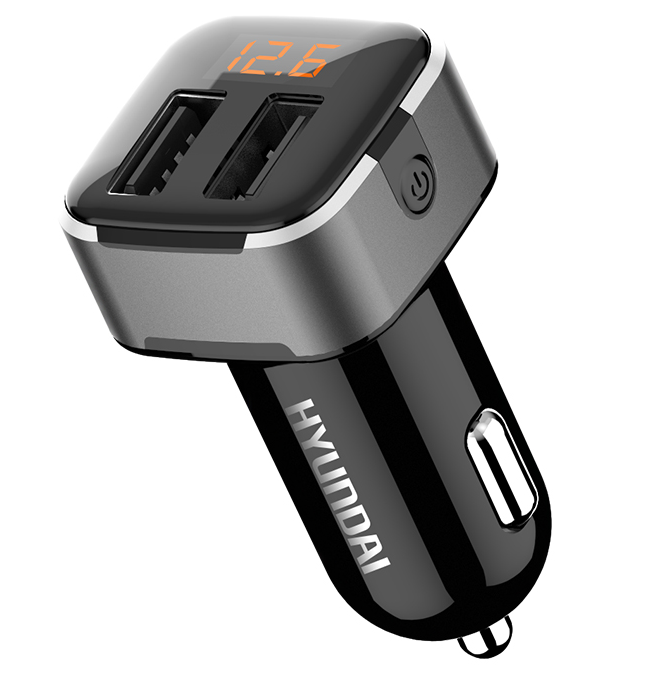
Essential Tools for Car Cleaning
Two primary tools are commonly used for maintaining car cleanliness: air dusters and vacuum cleaners. Each tool has its unique strengths and applications, making it crucial for car owners to understand their differences.
Air Duster
Air dusters use a stream of compressed air to blow away dust and debris from hard-to-reach areas. They excel at cleaning delicate electronics and intricate designs where a vacuum might be too harsh. Air dusters are compact, portable, and typically easy to use, making them a popular choice for quick touch-ups.
Vacuum Cleaner
Vacuum cleaners, on the other hand, utilize suction power to collect dirt, dust, and debris from various surfaces. They are particularly effective on carpets and upholstery, where they can remove embedded particles that an air duster might leave behind. Vacuum cleaners come in various forms, including handheld, upright, and robotic models, catering to different cleaning needs.
Air Duster vs. Vacuum Cleaner: A Comprehensive Comparison
When deciding between an air duster and a vacuum cleaner, consider the following factors:
Effectiveness
While air dusters are great for dislodging dust from crevices, vacuum cleaners excel at removing larger debris and dirt particles. If your primary concern is dust accumulation, an air duster might suffice, but for comprehensive cleaning, a vacuum cleaner is essential.
Portability
Air dusters are often lighter and more portable than vacuum cleaners, making them convenient for quick clean-ups. However, some modern vacuum cleaners are designed to be compact and easy to transport as well.
Ease of Use
Both tools are user-friendly, but air dusters require careful handling to avoid blowing debris around rather than removing it. Vacuum cleaners usually incorporate various attachments that can make cleaning more efficient.
Cost
Typically, air dusters are less expensive than vacuum cleaners. However, investing in a good quality vacuum cleaner can provide better value in the long run due to its versatility and effectiveness.
When to Use an Air Duster
Air dusters are ideal for cleaning delicate surfaces and hard-to-reach areas such as:
- **Dashboard and Instrument Panels**: Use an air duster to blow out dirt from crevices without scratching surfaces.
- **Air Vents**: Dust and debris can accumulate in air conditioning vents, which can be easily cleared with a puff of air.
- **Electronics**: Safely clean screens and electronics without the risk of moisture damage by using an air duster.
When to Use a Vacuum Cleaner
Vacuum cleaners should be utilized for:
- **Upholstery and Carpeting**: Remove embedded dirt and crumbs from seats and floor mats for thorough cleaning.
- **Trunks**: Vacuuming ensures that debris does not build up in the trunk over time, which can cause odors and mold.
- **General Clean-Up**: For routine cleaning, vacuuming allows for the collection of larger amounts of dirt and debris efficiently.
Best Practices for Maintaining Car Cleanliness
To maximize your car's cleanliness, follow these best practices:
Routine Cleaning Schedule
Create a cleaning schedule that includes both interior and exterior cleaning. Regular maintenance will prevent the build-up of dirt and grime.
Use Quality Products
Invest in high-quality cleaning products designed specifically for automotive use. This ensures your car's materials remain protected from harsh chemicals.
Focus on High-Touch Areas
Pay special attention to high-touch areas such as door handles, steering wheels, and seats. These spots can harbor germs and bacteria, making them prime candidates for regular cleaning.
Seasonal Deep Cleaning
Consider performing a deep clean at the start of each season. This can help protect your vehicle from the elements and ensure it remains in top condition year-round.
Frequently Asked Questions
1. Can I use an air duster on my car's upholstery?
While air dusters can help remove loose dirt on upholstery, they are not as effective as vacuum cleaners for deep cleaning. Use a vacuum for embedded dirt.
2. How often should I clean my car?
It is recommended to clean your car every two weeks for optimal hygiene. However, this can vary based on usage and environmental factors.
3. Are cordless vacuum cleaners effective for car cleaning?
Yes, cordless vacuum cleaners can be very effective for car cleaning due to their portability. Look for models with strong suction and appropriate attachments.
4. Can I use a household vacuum cleaner for my car?
While a household vacuum cleaner can be used, consider a vacuum specifically designed for automotive use for better performance and attachments.
5. What are common mistakes to avoid when cleaning my car?
Avoid using harsh chemicals, neglecting high-touch areas, and overlooking the need for routine cleaning. These mistakes can lead to damage and increased dirt accumulation.
Conclusion
In summary, maintaining your car's cleanliness is essential for both health and vehicle longevity. Understanding the differences between air dusters and vacuum cleaners allows you to choose the right tool based on your cleaning needs. By implementing effective cleaning practices and using quality products, you can ensure that your vehicle remains a welcoming and safe space. Whether you prefer the quick touch-up capabilities of an air duster or the thorough cleaning offered by a vacuum cleaner, prioritizing cleanliness will ultimately enhance your driving experience and protect your investment.
Related news


